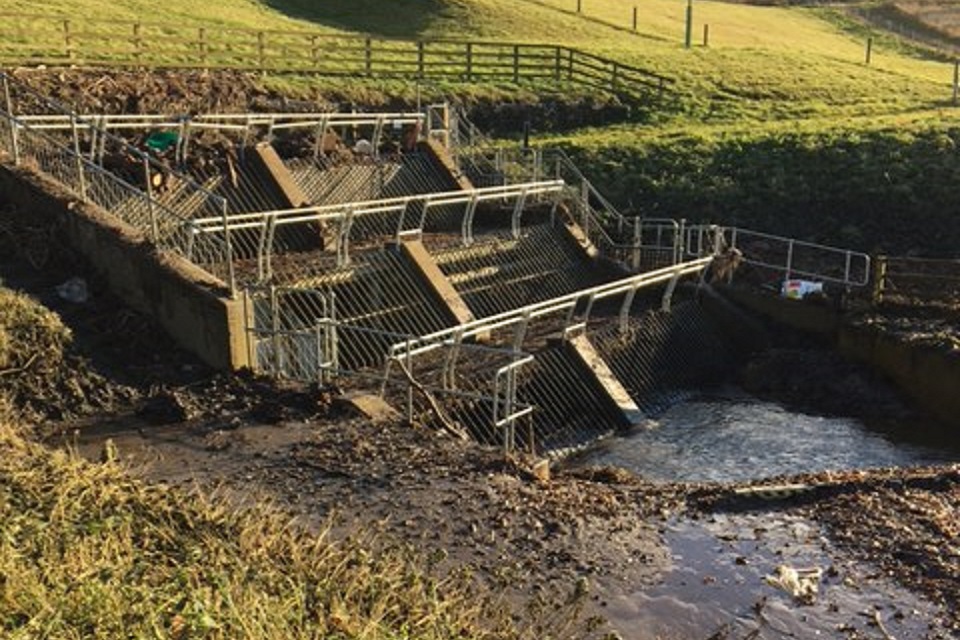Press release: Strategic Review of Charges Consultation Launched
The Environment Agency is launching a public consultation today (Thursday 30th November) on the cost of its permits and business charges. Regulating business costs the taxpayer money, but under proposals laid out in the Strategic Review of Charges, the burden on the public purse would be significantly reduced. The proposed changes will mean that businesses pay for the full services they use rather than the public – a more financially-sustainable model that will lead to long-term environmental improvements.
This the biggest review of charges that the Environment Agency has ever carried out, and has involved a 12 month period of engagement with businesses and trade associations. There have been very limited changes to business charges since 2011, with costs kept below inflation (CPI).
The proposals are for a simpler and more consistent charging arrangement. Our charges will reflect the amount of regulatory effort needed at a site. Businesses that are well-managed and low-hazard present a low environmental risk and would be charged less. Higher-risk or poor-performing businesses would be charged more.
If the new charges are implemented, the Environment Agency will also be able to invest more in our permitting service. This is vital to improve the standards of certain sectors, such as waste and nuclear industries.
Neil Davies, Environment Agency Director of Regulated Services, said:
Our work to regulate industry protects and enhances the environment. The proposed changes will mean that businesses pay for the full services they use rather than the public. This is more financially-sustainable, will lead to a better service to businesses and long-term improvements to the environment.
We have been engaging with trade associations over the last year while we were developing these proposals. Their input into this process has been really valuable and I urge them to take part in the consultation.
The consultation will run until 12 January 2018, with the proposed charges being introduced in April 2018 – the start of the financial year. To have your say: click here.
